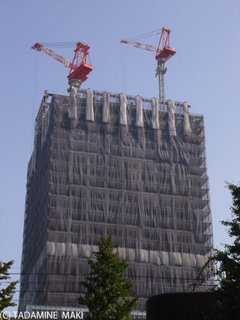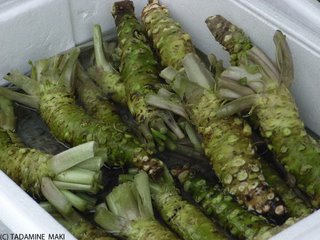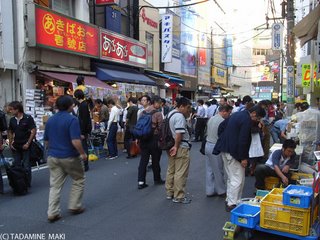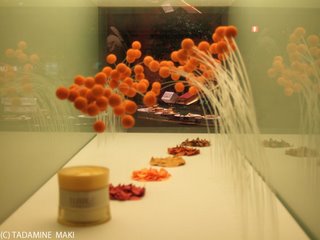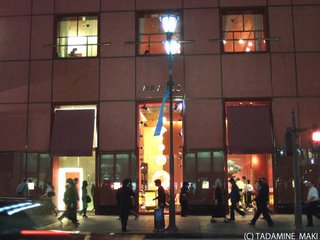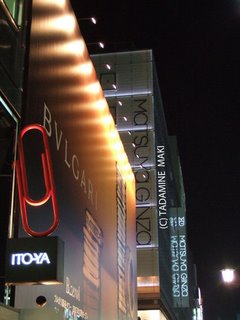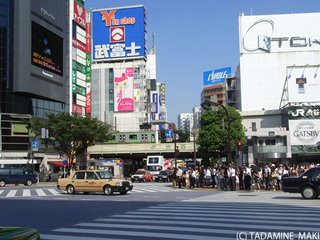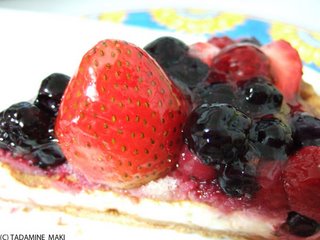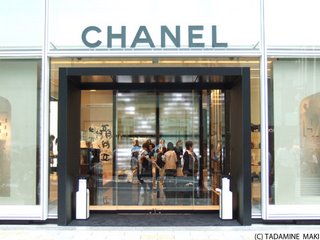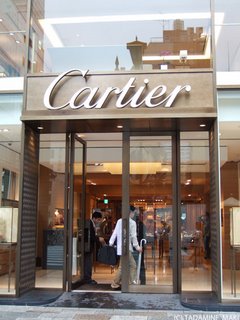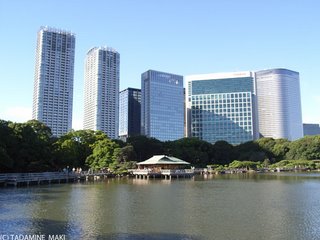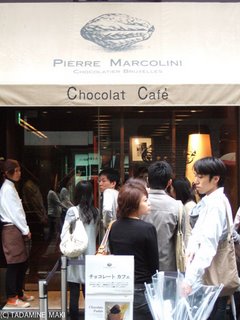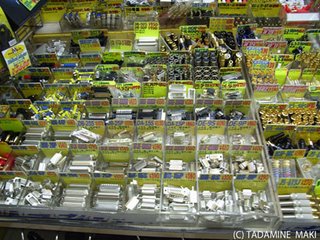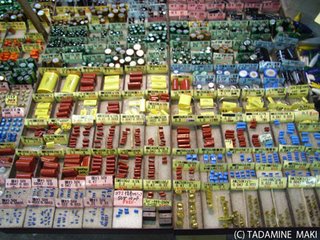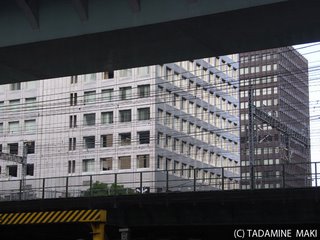
Do you happen to see the mark on the top of this sign board?
This mark shows Onsen or Sento and both are public bath. The hot water in Onsen contains some minerals and very good for health. And the water in Sento is just the tapping water or well water.
In Onsen and Sento, unlike Germany or Switzerland, people don't wear anything. People are all in buff just like taking a bath at home.
If you go to Japan, why not try Onsen or Sento? But be careful for men not to enter the bath for women and vice versa.
Here is 12 steps to enjoy the bath and six rules to enjoy the bath.
12 steps to enjoy the bath (I think that it is a usual way.)
Necessary stuffs: soap, towel, shampoo and some changes
1. Take off your shoes at the entrance and put them in a shoe box.
2. Pay the fee.
3. Put off your clothes in dressing area and put them in a small box with key.
4. Go to bath area with towel, soap, shampoo and something to wash with.
5. Wash yourself a little with hot water, sitting on a tiny chair in front of faucet.
6. Soak yourself in a hot bath. (it is 42-43 degrees centigrade (or 107-109 degrees Fahrenheit) in Tokyo and a little low in Osaka and Kyoto.)
7. Wash yourself with soap and shampoo in front of faucet after soaking.
8. Soak yourself in a hot bath again.
9. Splash not-so-hot water on your body not to break a sweat, if you want.
10. Return to the dressing area after you wipe yourself off.
11. Change into something new.
12. Go out to drink beer!!
Six rules to take sento, public bath
1.Take off your underwear when taking into bath space.
2.Wash yourself before getting into the tub.
3.Keep your towel out of the tub.
4.Don't use the shower while standing up, but use it while sitting down on the tiny chair.
5.Don't wash your clothes or underwears in the bath area.
6.Wipe yourself off before going out to the dressing area.
